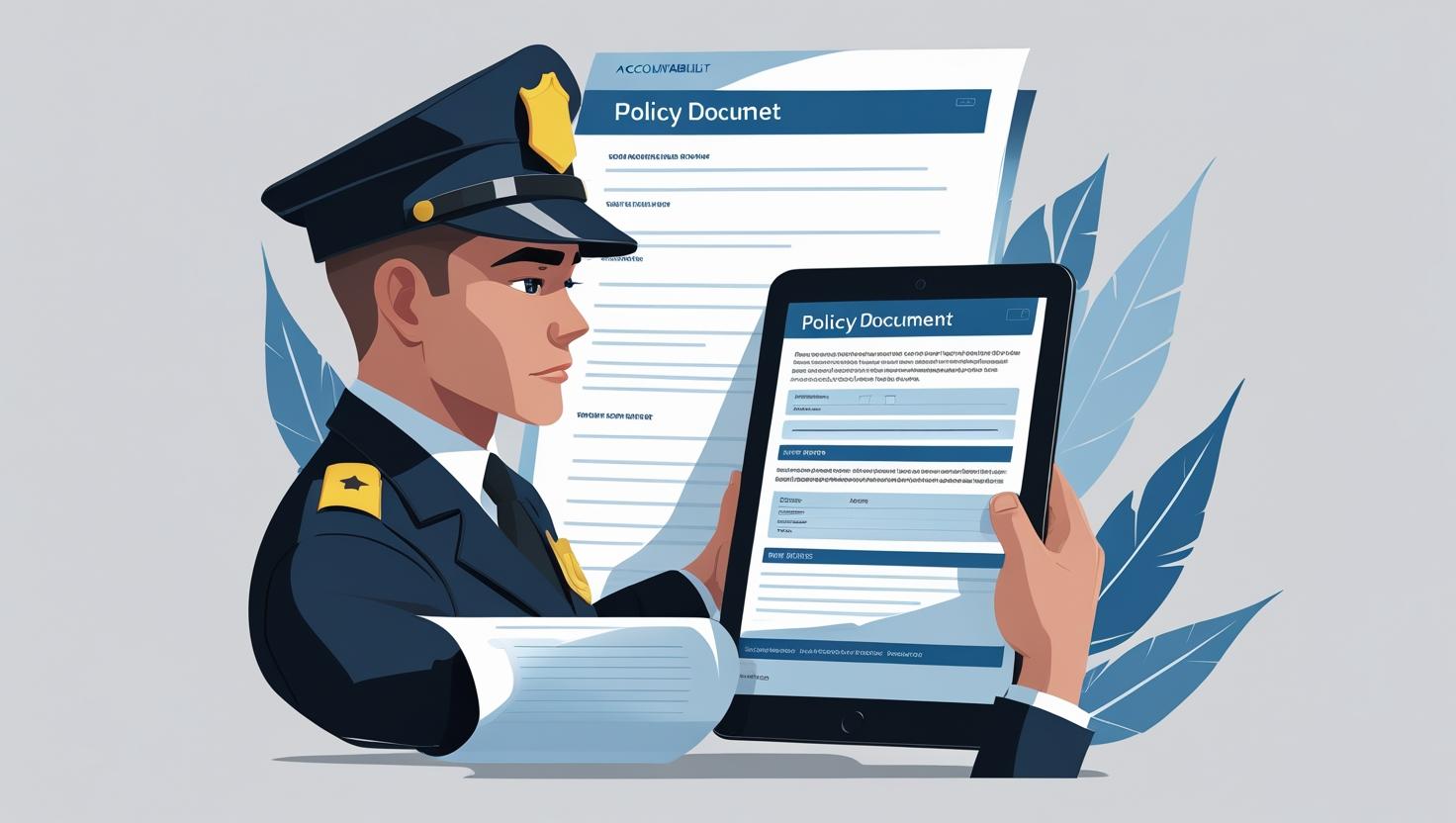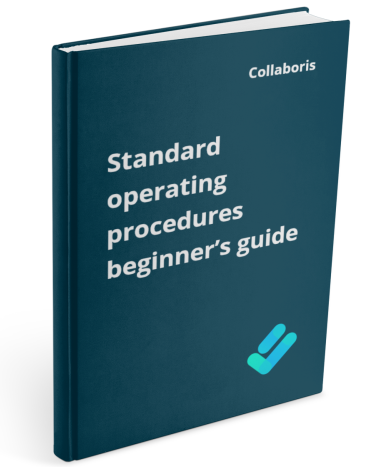How DocRead Supports HIPAA Compliance in Healthcare The Health Insurance Portability and Accountability Act ...
Law enforcement agencies, like many other organizations, live and breathe policies. The difference? Cops don’t just follow them — they’re expected to enforce them. That means when a policy changes, especially something as high-stakes as a use-of-force guideline, knowing isn’t optional. It’s required. And hoping everyone "gets the memo" just doesn’t cut it anymore.
For the folks working behind the scenes — the administrators, trainers, and compliance officers who somehow keep the policy engine running — verifiable read receipts aren’t a luxury. They’re a necessity. Because the last thing anyone needs is a high-profile incident followed by, “Oh, I didn’t know the policy changed.”
Some agencies throw five-figure contracts at competing platforms like PowerDMS, then spend 2–3 months training users on how to use the thing. But if you're already running on SharePoint, DocRead gets you the same results — in about 15 minutes — without forcing your agency to buy yet another system or retrain everyone from scratch.
Tired of reminding staff to read your company policies?
DocRead makes compliance simple
Let’s talk about why use-of-force policies in particular need verifiable read receipts, and how DocRead makes that whole mess manageable:
Accountability isn’t optional — it’s policy.
If we expect officers to operate with “objective reasonableness,” then we need something a little more concrete than good intentions. “I missed that update” can’t be a valid excuse post-incident. DocRead makes sure every assignment is acknowledged — by name, by timestamp, by actual human action. Not hopes. Not assumptions.
Policy changes happen. You need to prove everyone got the memo.
Use of Force guidelines shift — court rulings, department mandates, public scrutiny. A PDF buried in a shared drive doesn’t count as distribution. DocRead tracks exactly who was assigned, when they received it, and if they acknowledged it.
De-escalation and proportionality only work when officers know the thresholds.
These aren’t just buzzwords. Let’s not pretend officers just instinctively know the escalation ladder. These concepts are taught, documented, and enforced. That only works if the policies are read. DocRead forces interaction, not passive exposure. No “unread” checkbox skating by.
Training isn’t just about tactics — it’s policy literacy.
A Use of Force incident will bring every decision under a microscope. If someone hasn’t read the policy, that could be setting your department up for trouble. With DocRead, you can target training materials, videos, or legal updates alongside the actual policy, then prove they were read and understood — all inside SharePoint. Welcome to 21st-century training compliance.
You need proof before Internal Affairs or legal shows up, not after.
When a report lands on a desk, you’ll need evidence that officers were briefed, not just assumed to be. If your answer involves digging through inboxes or pointing at a dusty binder, you’ve already lost. DocRead’s compliance cockpit and Power BI reporting give leadership a real-time audit trail — no digging through emails or sign-in sheets.
One version, one source — no outdated PDFs floating around.
We’ve all seen it — three versions of the same policy floating around, and someone always prints the wrong one. SharePoint already stores your policy docs. DocRead integrates directly into that system, so you don’t end up with multiple versions floating in inboxes. Everyone gets the same document, same deadline, same accountability.
It automates what you should already be doing.
Deadlines. Email alerts. New hire onboarding. Policy renewals. If you're still managing this in Excel and email threads, you're working too hard. DocRead handles the admin work, so you can stop chasing signatures and focus on actual enforcement and oversight. And unlike our competitors, you don’t have to carve out part of your operating budget to get it done.
Are your policies read on time and by the right people?
DocRead makes compliance simple
Others, like PowerDMS, want to be your end-to-end solution. That’s great — if you’ve got the time, budget, and appetite for another standalone system. But if your team just needs to know who read what and when, DocRead gets you there faster, cheaper, and with a lot less overhead. No big learning curve. No budget shock. Just policy compliance that works.
Get your free Standard Operating Procedures guide
Creating Standard Operating Procedures for your organisation doesn't have to be complicated. This guide will introduce you to the whole lifecycle from creation to training and distribution.
You may also like:
November 28, 2025
October 1, 2025
"Why Managing Document Versions in SharePoint is So Hard (and What to Do About ...
September 23, 2025
"Why Managing Document Versions in SharePoint is So Hard (and What to Do About ...
September 9, 2025
"Why Managing Document Versions in SharePoint is So Hard (and What to Do About ...
January 17, 2025
Policy Approval Workflow Automated policy approval workflows offer several benefits that can significantly enhance ...
January 7, 2025
Creating policy review reminders in Office 365 You might want to set up a ...


